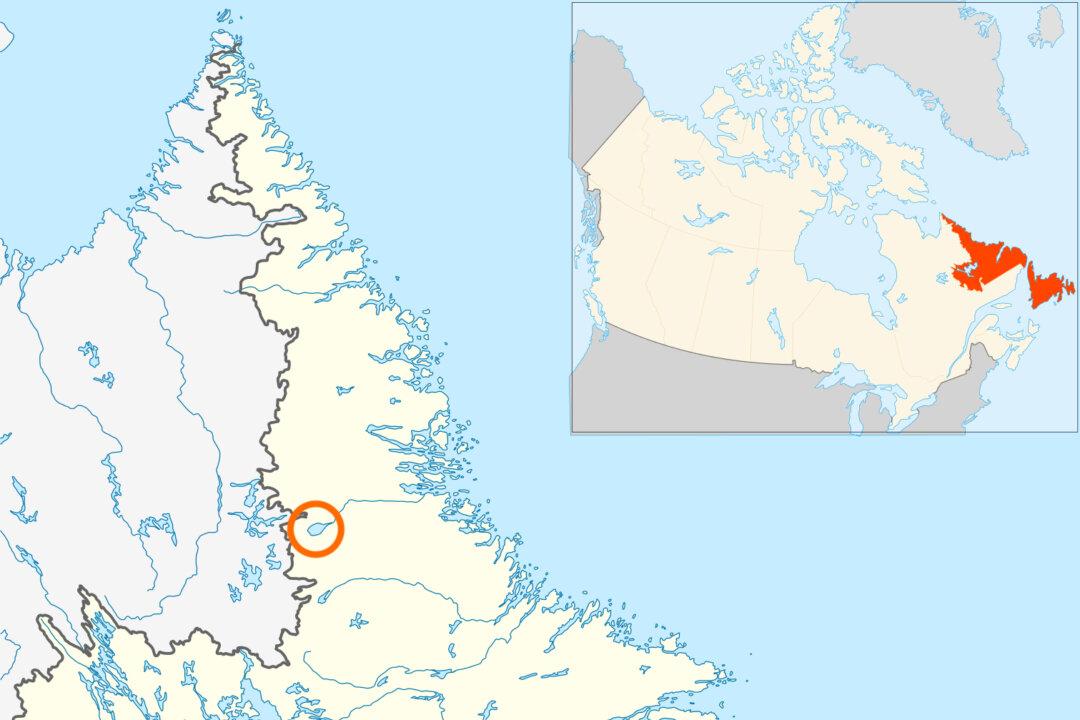Thawing snow and heavy rain has resulted in the flooding of 2,549 Quebec residences and forced 1,688 people from their homes, according to the latest numbers from Urgence Quebec, the government’s emergency situation information hub.
Canadian military personnel are working across the province, filling sandbags and aiding in evacuation efforts, as officials warn that warmer temperatures and melting snow could bring more rising floodwaters this week.





